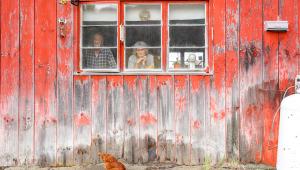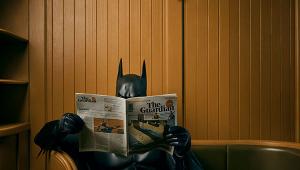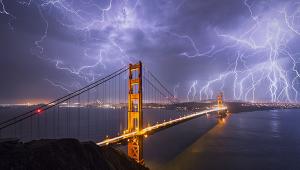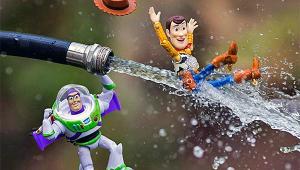The Dream Collector: How Arthur Tress’ Images of Dreams & Nightmares Changed Photography
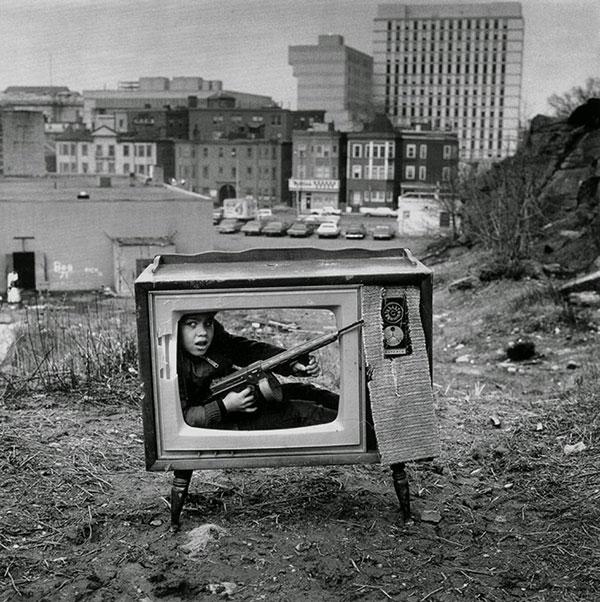
Arthur Tress is a master storyteller who first gained recognition with his hauntingly beautiful book of images: The Dream Collector (Richmond, Westover 1972). The book was a challenge to the photographic ethos of its time.
The turbulent 1960s and 1970s were a golden age for photojournalists who were energized by war and social change. These photographers found their “truths” in soul deadening city streets and jungle front lines. But instead of roaming the streets trying to find a Cartier-Bresson serendipitous decisive moment, Tress began to manipulate scenes and stage pictures to create images that were both real and unreal.
“It was a moment in my own artistic trajectory where I needed to move away from the prevalent documentary realism and street shooting of the late 60's into new areas of internal self exploration,” Tress says. “I began doing what's called staged photography—this is around 1970—and that was kind of unusual for the time.”
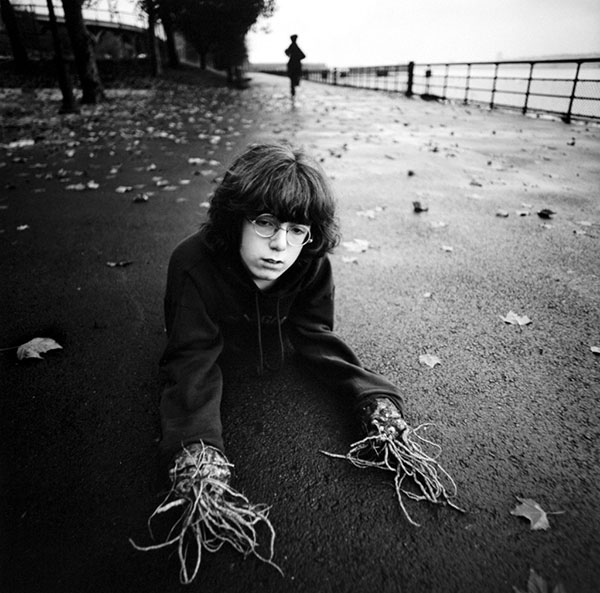
Staged Story-Telling
Staged photographs are works of fiction in that they tell a story and are made up. Tress’ friend Duane Michals worked in a the same vein and in his groundbreaking book, Sequences (Doubleday 1970), he presented series -- or sequences -- of staged photographs along with handwritten text below the pictures.
Neither man’s work sat well with traditional photojournalists who took pride in their search for found truth in the external world. Manipulating subjects and adding superfluous elements to photographs was anathema for them.
But Tress and Michals opened a door for another generation of photographers like Jeff Wall and Cindy Sherman who pursued their own staged images.
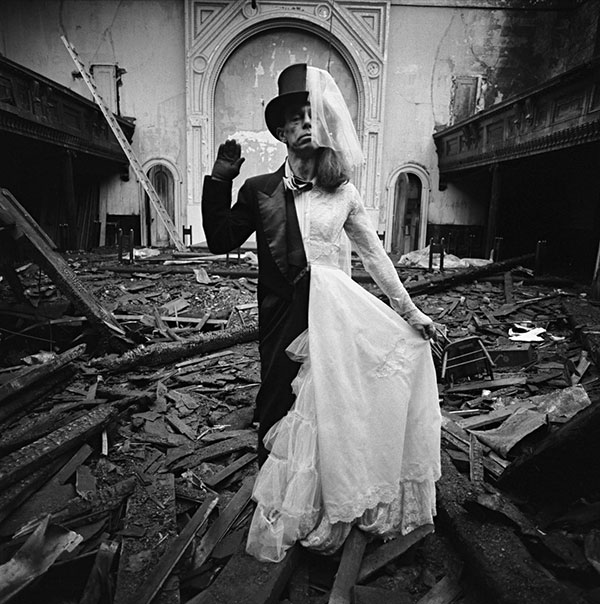
Coney Island of the Mind
Arthur Tress was born in New York in 1940 and, from the age of 12, he took photographs in what is arguably the most surreal place in America: his home turf of Coney Island. He photographed everything: rundown tenements, empty amusement park rides, and the circus freaks who lived in the neighborhood.
In 1962, he graduated from Bard College with a BFA degree and moved to Paris to attend film school. But he was restless and ended up travelling for a year in Europe and then Mexico, where he became fascinated by shamans and the roles myth and dreams in native cultures.
In 1964 he turned up in San Francisco to document the Republican Convention that nominated Senator Barry Goldwater for president and began to create images in his remarkable offbeat style. One of his images from that year was the photograph of a woman with sunglasses seated next to the pay to view telescopes.
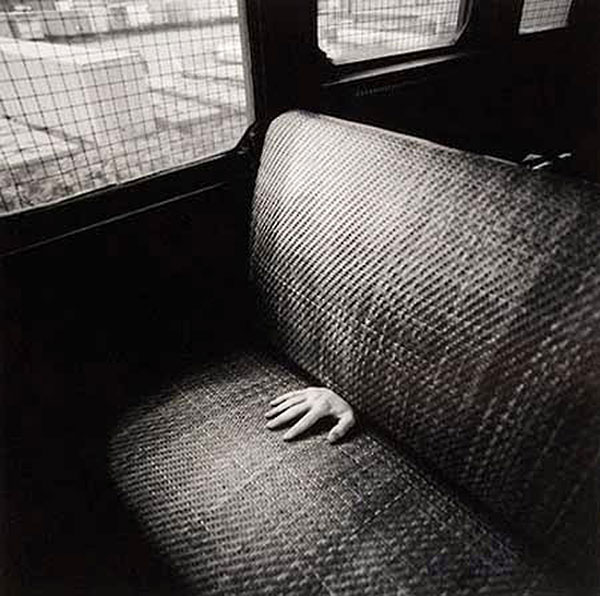
Returning to New York he had a show of environmental images at the Sierra Club and ran into a Bard college classmate Richard Lewis who asked him to help with a children’s workshop he was conducting.
"Every year he had a different theme, and one year he did children's dreams, to get kids to write poems and paintings from their dreams,” Tress recalls. “So he called me in to photograph his class. So I said, you know, that's a terrific idea, and I'm going to pursue that by asking children and my friends what dreams they remembered from childhood. I was looking for mythological, archetypical, kind of nightmarish images. That kind of became my trademark for the next 20 years, that kind of surreal disturbing photography.”
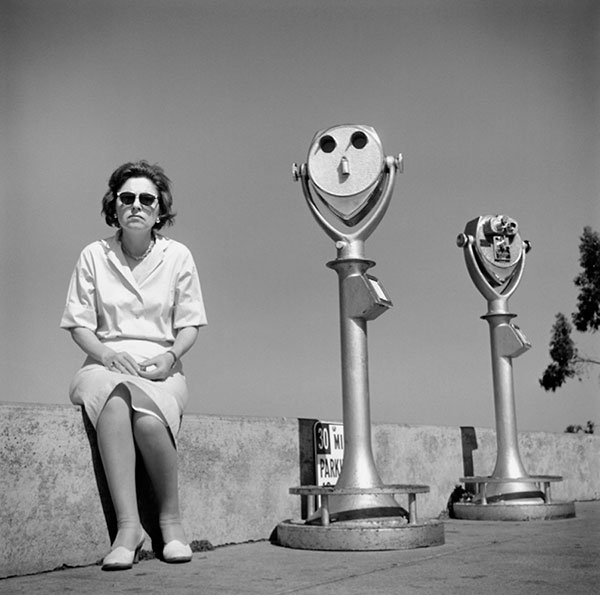
Dreams, Nightmares and Punchlines
After listening to the children, Tress would take them to locations around the city where they could turn their ideas into photographs. The Dream Collector evolved out of these pictures.
The images in The Dream Collector are remarkably simple and that makes them both disquieting and powerful; the overall effect is like being unable to awaken from a nightmare. They grab the viewer with a shocking immediacy because there are no distractions such as elaborate studio sets, expensive models or sophisticated darkroom tricks.
Essential to the images in The Dream Collector and his subsequent book, Theater of the Mind (Dobbs Ferry: Morgan and Morgan, 1976), is Tress’ knack for minimalism and the use of incongruous elements to give them their dreamlike sensibility. These odd elements are what the philosopher Roland Barthes called “punctum” in his final book Camera Lucida: Reflections on Photography (Hill and Wang, 1981).
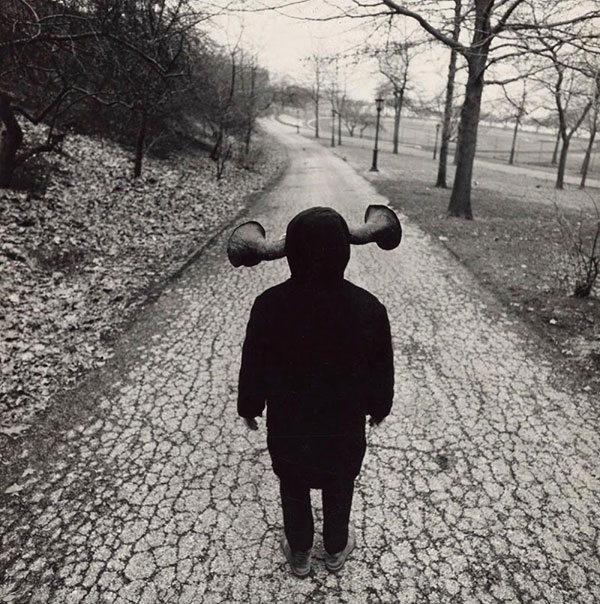
Barthes notes that most photographs present a singular straightforward picture and are largely forgettable. However, when a photograph contains a punctum, that is, a counterpoint, it becomes memorable and has deeper meaning. The punctum in a way is the visual equivalent of a good punch line that changes the whole meaning of everything in the joke that came before it. Tress’ images are loaded with punch lines.
It is also said that good photographers are luckier than bad ones and Tress was very lucky indeed.
“The best memories from creating the dream collector series were always those flashes of sudden transformation, when an ordinary daily scene changed into a magical dream like event...when the everyday happening slides into another realm of awareness,” Tress notes.
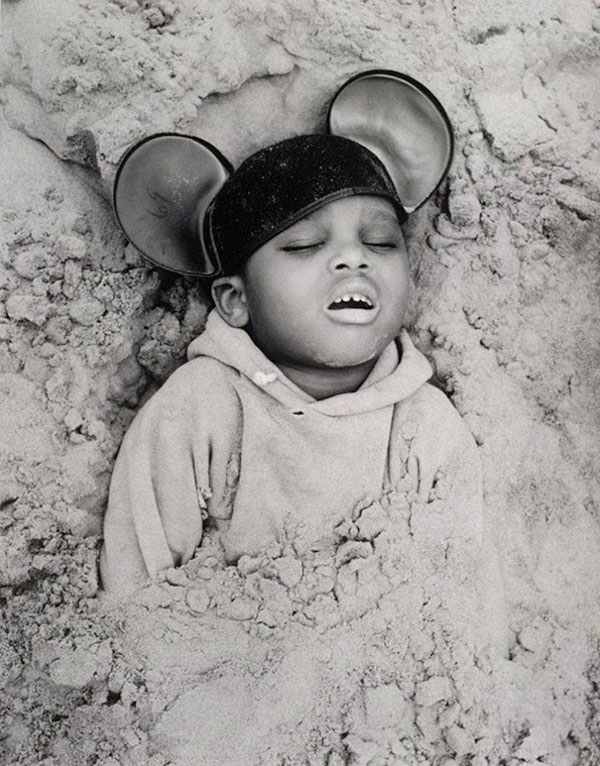
“For example the famous photo 'Flood Dream' Ocean City, New Jersey, 1970, where the roof of a building was just lying abandoned on an empty pier. In the far background there was a decrepit ferryboat hauled onto the dock waiting to be restored. Out of nowhere, a young boy with a round face and blond hair of about ten came riding by on a small bike. I asked if he would stand beneath the roof where it had a gaping hole in it. He was glad to do it and just looked peacefully at the camera. And it was one of those strange moments that moves the ordinary into a special archetypical space.”
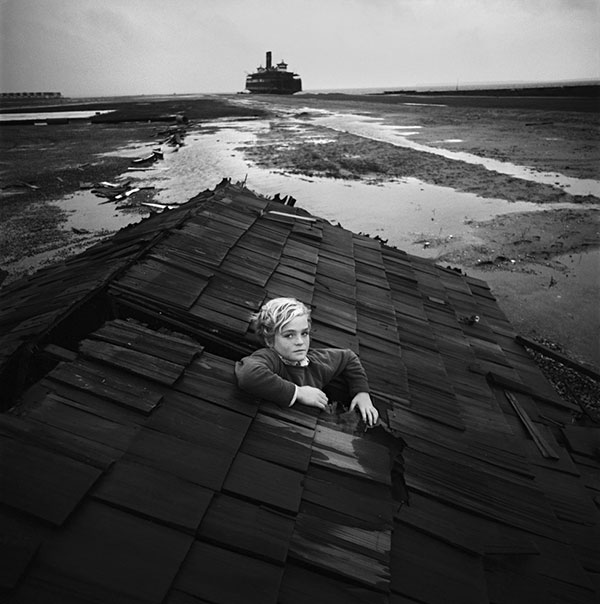
Overdue Recognition
Over the years Tress has earned his living selling books of his images and large prints at a gallery near his home in Big Sur. And like Duane Michals, he had for decades been passed over by the art photography world and had few exhibitions of his work in the US. Happily this changed in 2009 when he was asked to have a show of his photographs at San Francisco’s de Young Museum albeit in one of their side galleries.
“It ran concurrently with a large blockbuster exhibition of Jean Paul Gaultier that brought lots of crowds into the museum and some actually drifted into my gallery space,” he recalls. “The gallery was always full of people actually looking at the pictures slowly and discussing them with their friends. They seemed intrigued and stimulated by the strange Tressian combination of the surreal within the documentary.”
Soon thereafter, the Getty acquired 85 of his vintage prints and Tress felt that this was finally a validation of his work.
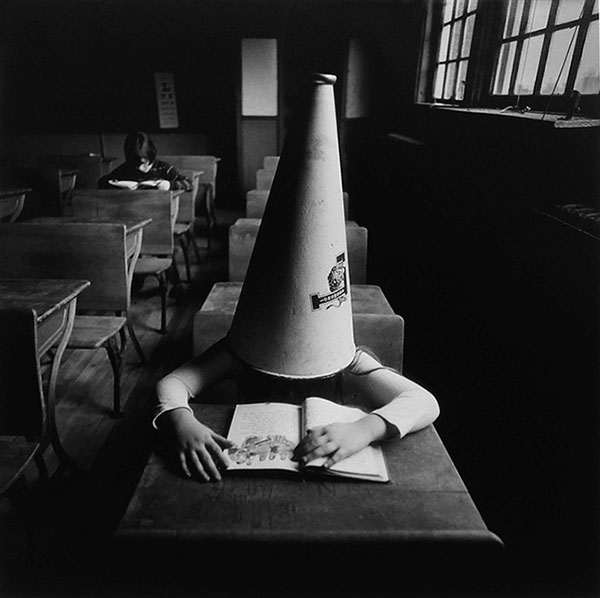
“It reinforced my feelings that a lifetime’s devotion to creating a disciplined body of work was a worthwhile endeavor and, although the monetary rewards have been very small, the sense that I have actually made something wonderful and lasting gave me a great renewed pride in myself for having done all this alone and without much help for over 55 years.”
Soon other institutions began to take notice of his work and reassess his place in the story of photography.
Arthur Tress’ story has a punch line too, a punctum in a way. Since the 1960s he has shot thousands of photographs, created an entire universe of unique and eccentric images, and he did it all with one well-worn Hasselblad and just two old lenses.
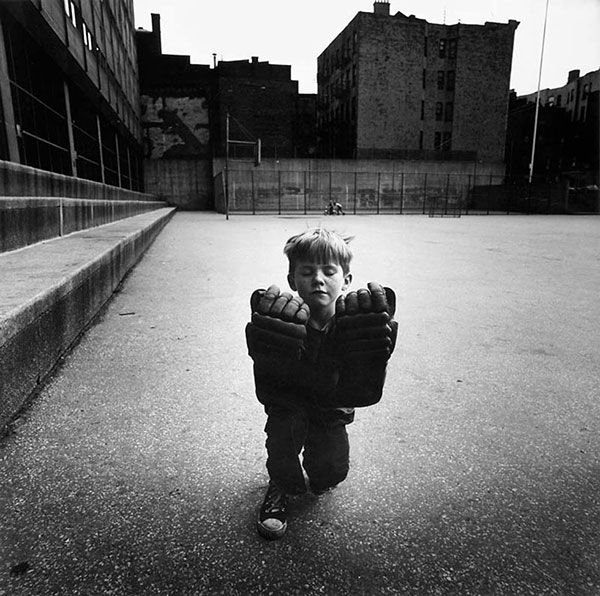
Tress has published twenty books; his latest is “Transrealites."




